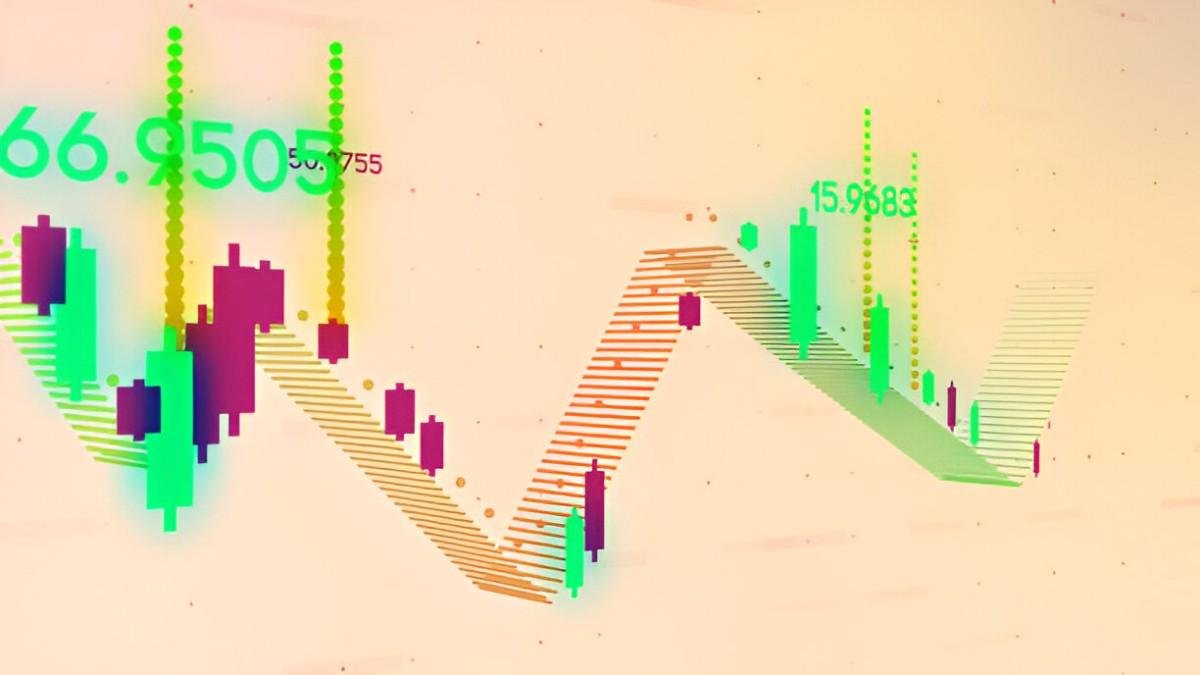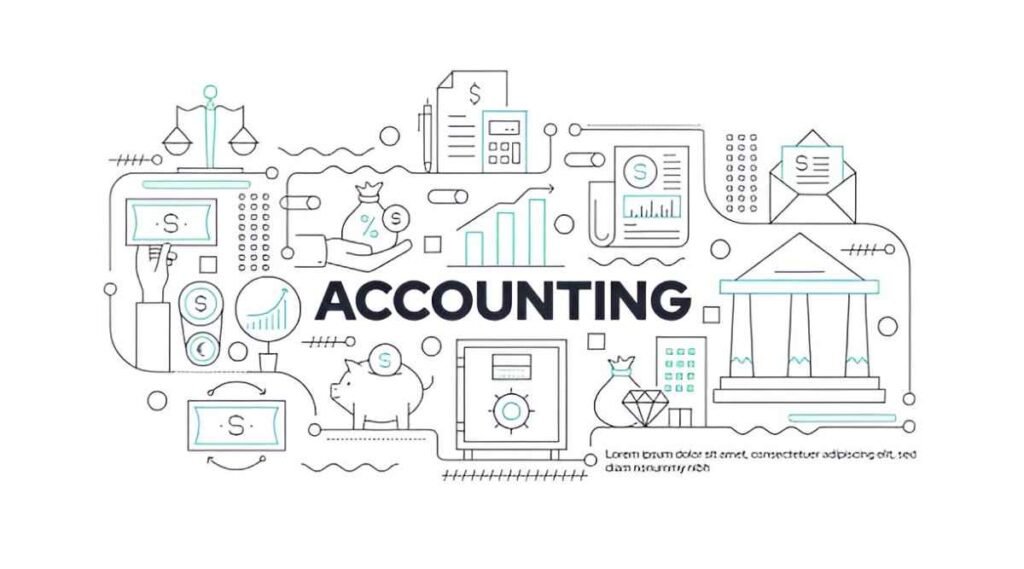When diving into the complexities of financial markets, one of the more intricate phenomena that traders often encounter is short delivery. While most traders are familiar with concepts like short selling and short interest, short delivery remains a mystery to many, especially beginners. In this guide, I will explain what short delivery is, how it affects the market, and the potential risks and rewards associated with it. I’ll also explore how it fits into the broader context of trading anomalies, highlighting its implications for both retail and institutional traders.
As with any trading anomaly, short delivery can be confusing. However, by the end of this article, you will have a solid understanding of what short delivery is, why it happens, and how it can impact your trading strategies.
Table of Contents
What is Short Delivery?
Short delivery occurs when a seller who has sold securities short fails to deliver the securities to the buyer within the agreed-upon settlement time. In the world of trading, this can create significant disruptions and is typically considered a violation of standard market rules and regulations. It is one of several trading anomalies that can cause significant volatility in the stock market.
Before diving deeper into short delivery, let me first explain short selling, as it is central to understanding this phenomenon.
Understanding Short Selling
Short selling is a strategy where an investor borrows shares from a broker and sells them at the current market price, with the expectation that the price will fall. The goal is to repurchase the shares later at a lower price, return them to the lender, and pocket the difference.
For example, if a trader shorts 100 shares of XYZ Company at $50 per share, they receive $5,000 in cash. If the stock price drops to $40 per share, they can buy back the shares for $4,000, return them to the lender, and keep the $1,000 profit (minus any borrowing fees).
\text{Profit from Short Selling} = (\text{Initial Sale Price} - \text{Repurchase Price}) \times \text{Shares Sold Short}However, the risk of short selling is unlimited, as the price of the stock can rise indefinitely, causing significant losses.
The Process of Settlement and the Role of Delivery
In most stock transactions, after a trade occurs, there is a process called settlement, which typically takes two business days (T+2). This is the time it takes for the buyer to pay for the securities and for the seller to deliver them. For short sellers, this delivery process becomes crucial. If a short seller does not have the shares available to deliver on the settlement date, a short delivery occurs.
Why Does Short Delivery Happen?
Several reasons could explain why short delivery happens. I’ll break down the most common causes:
1. Failure to Borrow Shares
Short sellers borrow shares from brokers before selling them. However, sometimes the broker may be unable to locate sufficient shares to lend to the short seller. This could happen if there is a lack of liquidity in the stock or if there are too many other traders trying to short the same stock. When this occurs, the short seller may not be able to fulfill their obligation, resulting in a short delivery.
2. Brokerage Operational Issues
In some cases, operational issues at the brokerage firm might prevent them from processing the delivery of shares on time. This could be due to a system failure, human error, or failure to reconcile the positions of all traders in a timely manner. In such cases, even though the short seller may have borrowed the shares, the brokerage firm fails to deliver them on the settlement date.
3. Failure in the Borrowing Market
For short selling to occur, there must be a well-functioning borrow market, where lenders (e.g., institutional investors) are willing to lend their shares to short sellers. In some cases, there may be a failure in this market, making it difficult or impossible for traders to borrow shares to short.
4. Liquidity and Volatility
In highly volatile markets, liquidity can dry up quickly, making it difficult for a short seller to repurchase shares to cover their position. This could be exacerbated during times of market panic or during a short squeeze, where the demand for shares becomes overwhelming.
The Impact of Short Delivery on the Market
Short delivery is a form of market disruption, and its consequences can ripple throughout the broader market. Let’s break down some of the key impacts of short delivery:
1. Increased Market Volatility
Short delivery can lead to increased volatility. If a large number of traders fail to deliver shares, it can trigger a series of events that cause the price of the stock to move erratically. The failure of short sellers to cover their positions could create a feedback loop, where prices skyrocket due to the short squeeze, making the situation worse.
2. Market Manipulation Risk
In extreme cases, short delivery can be used as part of market manipulation strategies. For example, a group of traders might intentionally fail to deliver shares in order to create chaos and push a stock’s price in a particular direction. This type of manipulation is illegal, and regulators closely monitor these activities.
3. Regulatory Scrutiny
Short delivery can attract the attention of financial regulators, who may investigate the situation for potential market abuses. When short sellers fail to deliver shares, it can violate the rules of securities exchanges and lead to penalties. For instance, the Securities and Exchange Commission (SEC) may intervene if they believe that short delivery is being used to manipulate the market or disrupt the functioning of the markets.
4. Pressure on the Short-Selling System
Frequent instances of short delivery could put pressure on the short-selling system. If this happens regularly, it could discourage brokers and other institutional investors from lending shares for short-selling, reducing market liquidity and making it more difficult for traders to short stocks.
How to Identify and Manage Short Delivery
Knowing how to identify and manage short delivery is critical for any trader who employs short selling strategies. I will share some key indicators and strategies to keep in mind:
1. Monitor Short Interest and Short Float
Short interest and short float can help you identify stocks that may be prone to short delivery issues. Stocks with high short interest or high short float are more likely to experience a short squeeze or short delivery problems. If you notice that a stock has a high level of short interest and the price begins to rise unexpectedly, it could be a signal of impending short delivery.
2. Track Settlement Dates and T+2 Issues
As a trader, it’s important to track settlement dates and keep an eye on any discrepancies between the expected delivery of shares and the actual delivery. Short delivery typically happens when the T+2 settlement cycle is disrupted. Staying vigilant about settlement schedules can help you avoid unexpected risks in your trades.
3. Liquidity and Borrowing Costs
When short-selling stocks, always consider the liquidity of the stock and the costs associated with borrowing the shares. Stocks with low liquidity are more likely to face short delivery problems. Additionally, high borrowing costs can indicate a potential short squeeze, increasing the likelihood of short delivery issues.
Example: A Short Delivery Scenario
Let’s go through an example of how short delivery might unfold:
- Suppose Trader A shorts 1,000 shares of Company X at $50 per share, expecting the price to decline.
- On the settlement date (T+2), Trader A is unable to deliver the shares because they were unable to borrow enough from their broker.
- The failure to deliver creates a short delivery, and Company X’s price begins to rise due to a short squeeze as other traders realize that the stock is in high demand, pushing the price even higher.
- Trader A is then forced to buy back the shares at a higher price to cover the short position, resulting in a loss.
Regulatory and Legal Aspects of Short Delivery
Short delivery is closely monitored by regulators to prevent market abuse. In the U.S., the Securities and Exchange Commission (SEC) has rules in place that govern the process of short selling and delivery. Specifically, Rule 204 of the SEC’s Regulation SHO requires brokers to take steps to ensure that all short sales are properly settled, and that they must close out any fail-to-deliver positions.
Brokers must locate the shares to borrow before executing the short sale. If they are unable to deliver shares within a certain timeframe, the broker must take corrective action, which could involve purchasing the shares on the open market to fulfill the delivery obligation.
Conclusion
Short delivery is a complex yet essential aspect of the financial markets that every trader should understand. It occurs when a short seller fails to deliver borrowed shares within the settlement period, causing potential volatility and risks. By understanding how short delivery works, you can be better prepared to identify trading anomalies and manage your positions more effectively.





